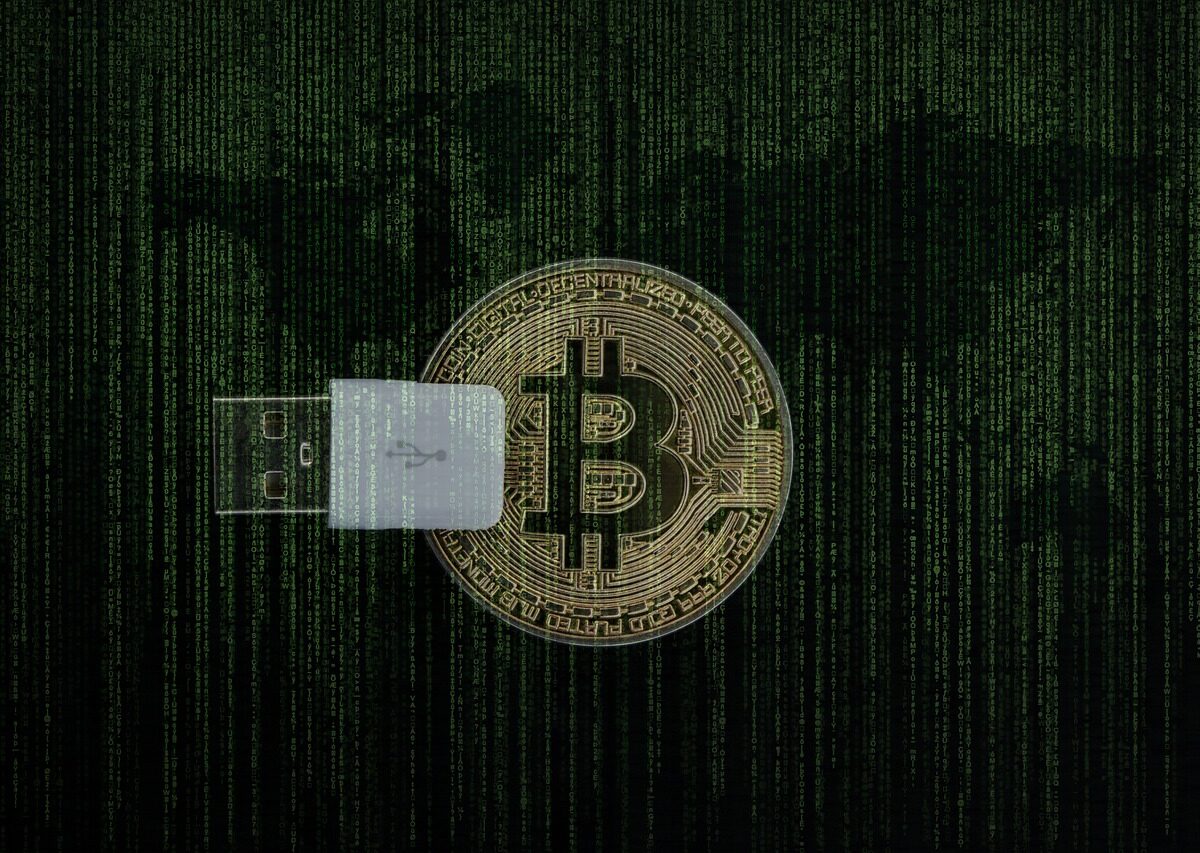Decentralized Finance (DeFi) has emerged as a disruptive force in the financial industry, offering both opportunities and risks for investors and participants. In this comprehensive guide, we delve into the world of DeFi, exploring its potential for financial inclusion and innovation, while also addressing the inherent risks associated with this rapidly evolving ecosystem.
1. Understanding Decentralized Finance (DeFi)
Definition:
- Decentralization: DeFi platforms operate on decentralized networks like blockchain, removing the need for intermediaries such as banks.
- Open Access: DeFi aims to democratize financial services by providing open access to anyone with an internet connection and a compatible device.
2. Opportunities in DeFi
Advantages:
- Financial Inclusion: DeFi opens up access to financial services for underserved populations worldwide, including the unbanked and underbanked.
- Innovation: DeFi facilitates innovation in financial products and services, fostering experimentation and creativity in the industry.
3. Key Components of DeFi
Elements:
- Decentralized Exchanges (DEXs): Platforms for peer-to-peer trading of digital assets without intermediaries.
- Lending and Borrowing Protocols: Allows users to lend or borrow digital assets through smart contracts, eliminating the need for traditional banks.
- Stablecoins: Cryptocurrencies pegged to fiat currencies to reduce price volatility and facilitate transactions within the DeFi ecosystem.

4. Potential Risks and Challenges
Considerations:
- Smart Contract Risks: Vulnerabilities in smart contracts can lead to exploits and financial losses for users.
- Regulatory Uncertainty: DeFi operates in a rapidly evolving regulatory landscape, posing risks for participants.
5. Security and Auditing in DeFi
Measures:
- Code Audits: DeFi protocols undergo rigorous code audits by independent security firms to identify vulnerabilities and mitigate risks.
- Insurance: Some DeFi platforms offer insurance coverage to protect users against smart contract exploits and hacks.
6. Liquidity and Volatility in DeFi Markets
Dynamics:
- Liquidity Pools: DeFi platforms rely on liquidity provided by users to facilitate trading, which can lead to fluctuations in market liquidity.
- Price Volatility: DeFi markets are often subject to high levels of volatility due to factors such as market sentiment and speculation.
7. Regulatory Challenges and Compliance
Issues:
- Regulatory Compliance: DeFi platforms must navigate regulatory requirements and compliance obligations, which can vary by jurisdiction.
- KYC/AML Requirements: Know Your Customer (KYC) and Anti-Money Laundering (AML) regulations may pose challenges for DeFi platforms seeking to onboard users.
8. User Education and Risk Management
Importance:
- Education: Users should educate themselves about the risks and complexities of DeFi before participating in the ecosystem.
- Risk Management: Employing risk management strategies such as diversification and only investing what one can afford to lose is essential in DeFi investing.
9. The Future of DeFi
Outlook:
- Continued Growth: DeFi is expected to continue growing as more users and capital flow into the ecosystem.
- Regulatory Evolution: Regulatory frameworks for DeFi are likely to evolve to address emerging risks and ensure consumer protection.
Conclusion
Decentralized Finance (DeFi) presents exciting opportunities for financial inclusion and innovation, but it also comes with significant risks and challenges. By understanding the fundamentals of DeFi, being aware of potential risks, implementing robust security measures, and staying informed about regulatory developments, participants can navigate the DeFi landscape with greater confidence and contribute to its continued growth and evolution.





